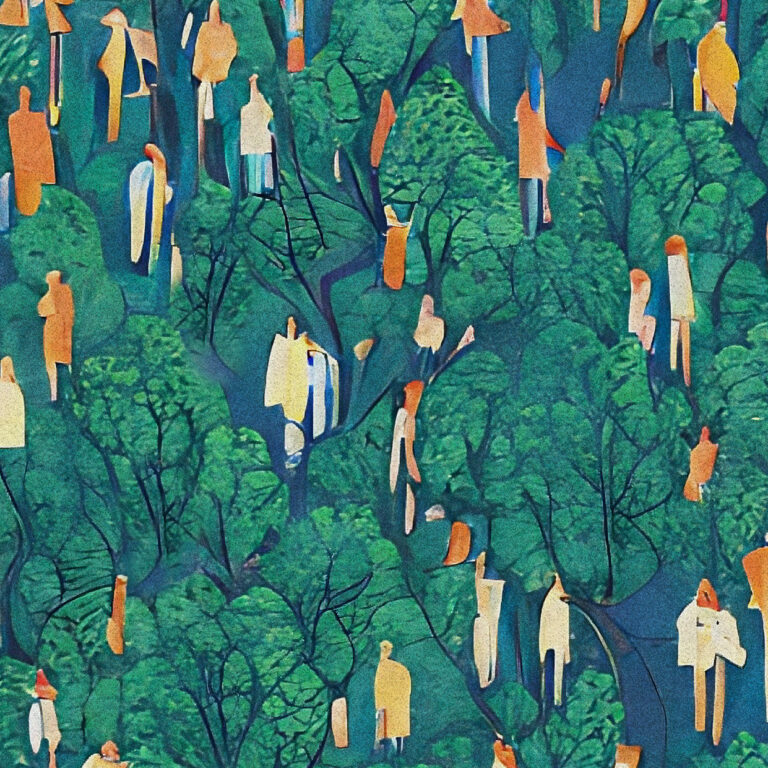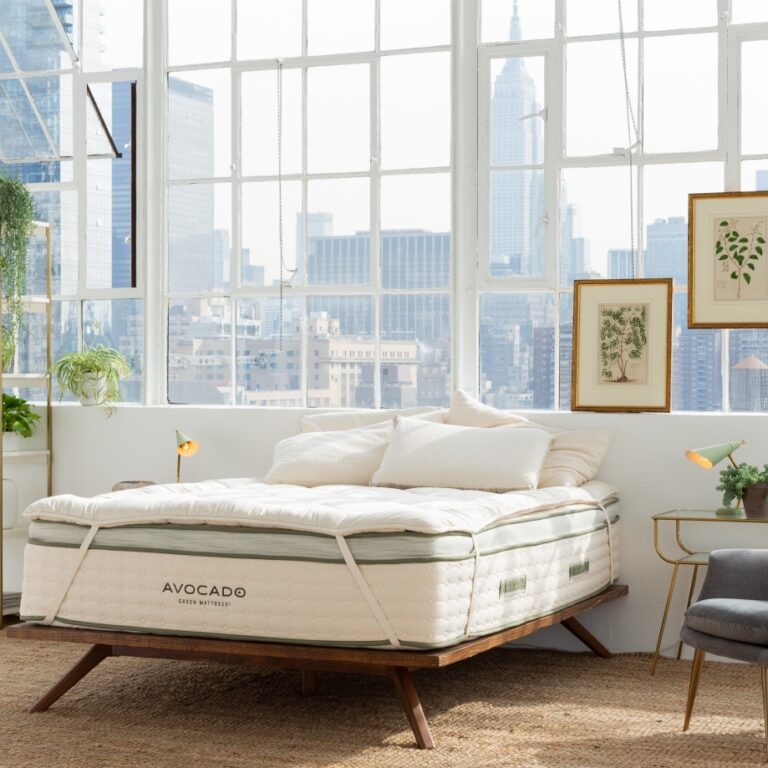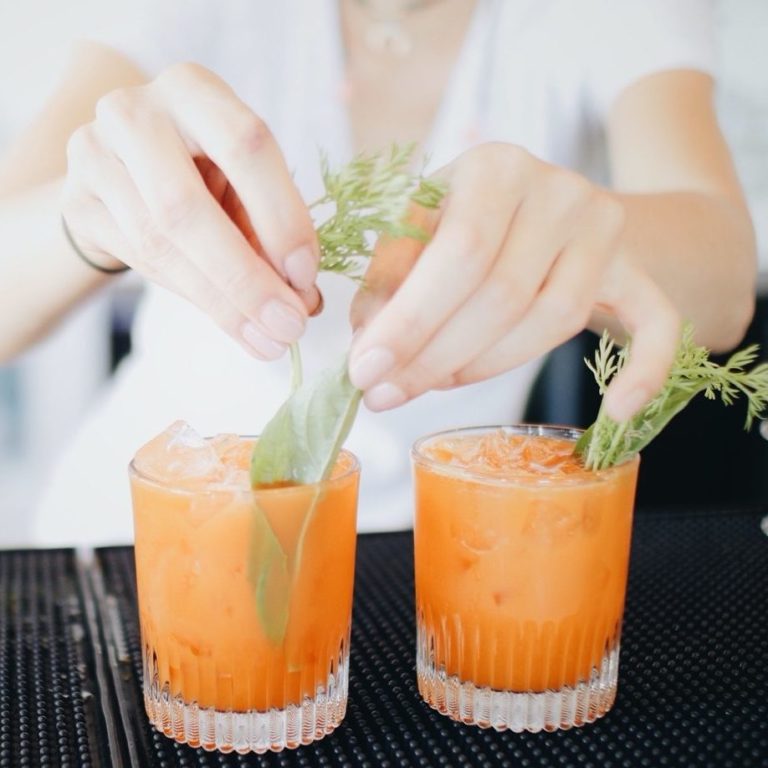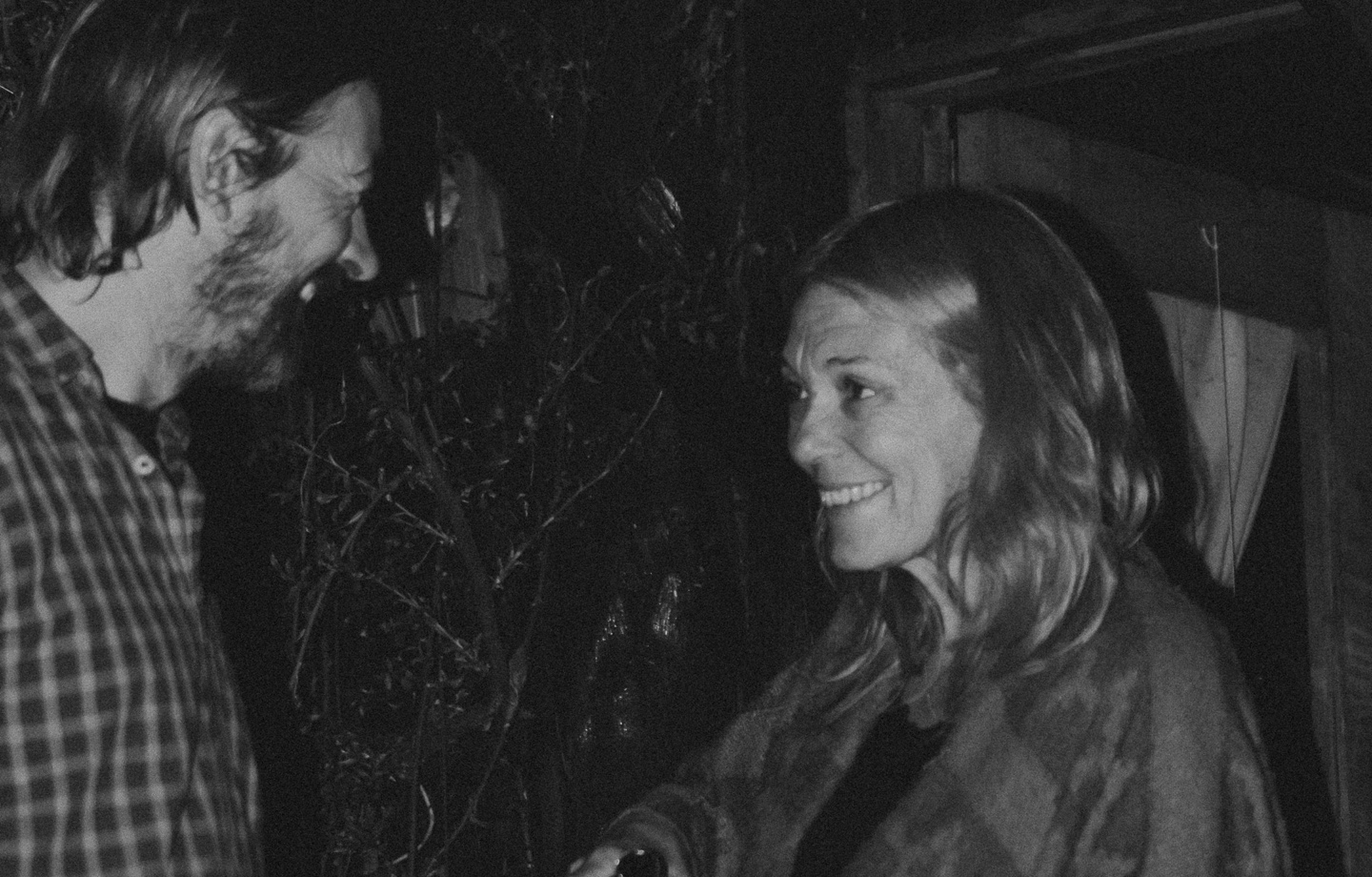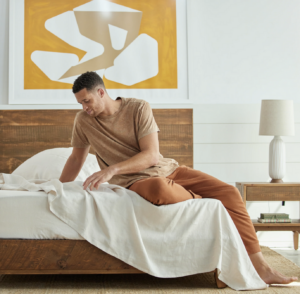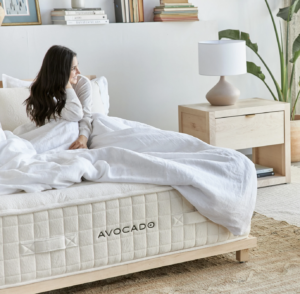Borrowed, reworn, reworked, and upcycled clothing — the garments we wear can connect us to the past, our family, and the planet.
I walked out of my front door the other day in a pair of loose, low-slung, old Lee jeans that fit me just right, with the ankle cuffs torn open and the knees worn ever so slightly. Over them, a long, deep green overcoat of nubby wool with a small hood and toggle closures.
Just above my key hook, left of the front door, hangs a woodblock print of my mom and my aunt skiing in front of Mount Rainier — a bright orange and yellow knit blanket lays over the chair to the right. Everything mentioned, my grandpa Dick’s winter coat, my grandma Emily’s pants, knitwork, and print came from my grandparent’s house, an English Tudor in Tacoma, Washington, where they lived for more than 60 years.
Emily, my dad’s mom and my last surviving grandparent, died last year. I inherited a small collection of her and my grandpa’s belongings: a trench coat, a wool blazer, a brown leather handbag, a knit sweater, and a crisp, white t-shirt. My mom’s mom passed away when I was just eight years old, but I’m fortunate to have a few of her things, too: a tan suede driving jacket, a handful of slip dresses, and a box of silk scarves.
Most of my wardrobe comes from thrift stores, garage sales, clothing swaps, and the like — I’ve always preferred unusual pieces, and I’m particular about well-sewn clothing made from sturdy, natural fibers (features that are unfortunately often easier to find in older items).
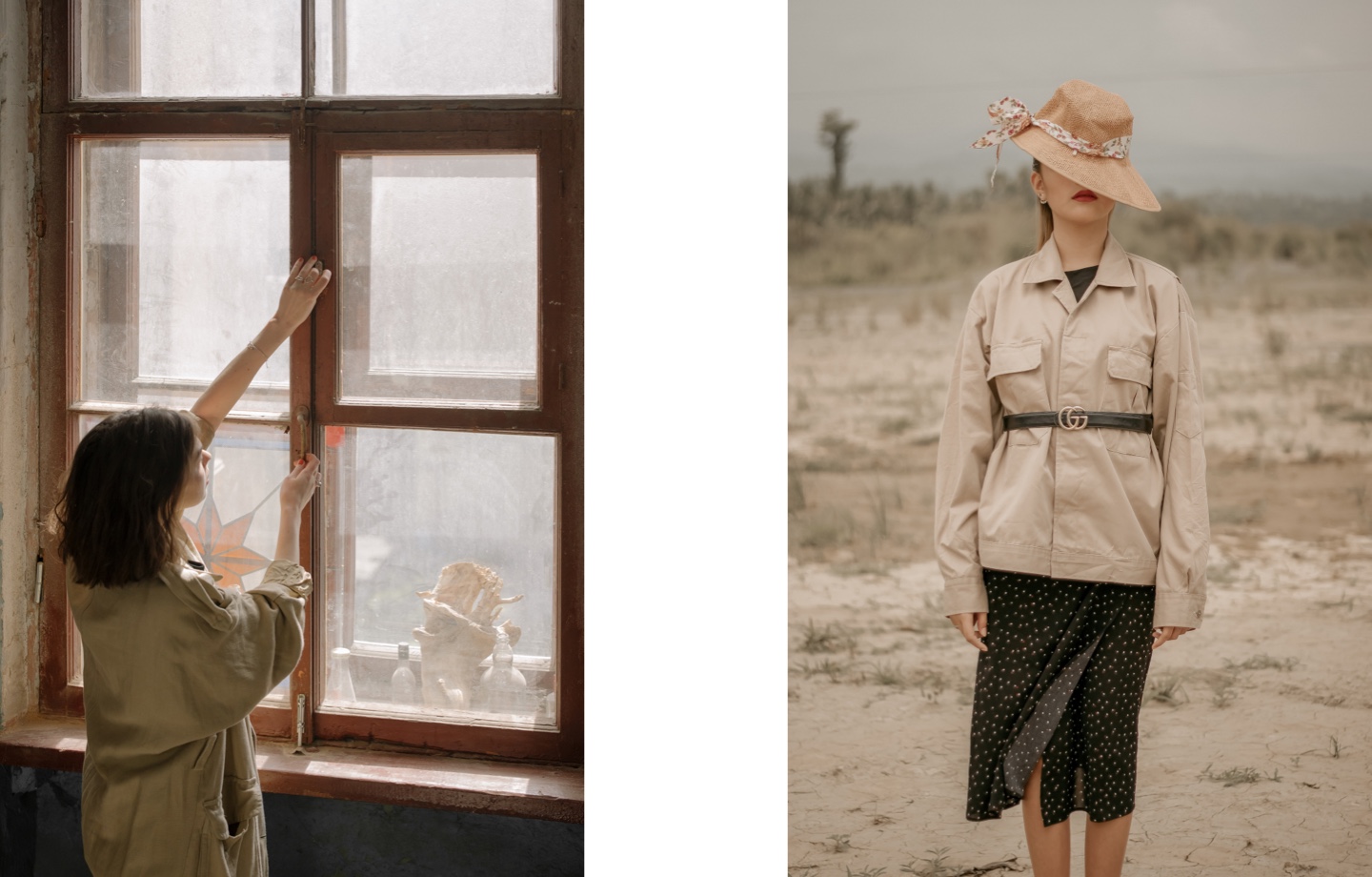
Read more: How to Plan a Clothing Swap
It feels good to wear a $0.99 pair of jeans hundreds of times until they rip all the way across the thigh, then give them a second life as a pair of tiny summer shorts. And I’m glad to know I didn’t contribute to the environmental footprint of the fashion industry in the process of buying them. But wearing my grandparents’ clothes is something else: it scratches that same frugal, climate-conscious itch, sure, but it also leaves me feeling connected to my family — those still living and those long gone.
My grandma Ruth, my mom’s mom, had a box of nightgowns, slips, and robes that my brother Payton and I were obsessed with as kids. We would wrap ourselves in silks and satins, the dresses long on our little bodies. Earlier this year, my mom found the box in an upstairs closet, and when I went through it, everything smelled exactly as I remembered — like dust and faint Jessica McClintock perfume — even after 20 years. When I pulled a neatly sewn leopard slip over my head, it fit uncannily well. My grandma’s 20-something body and my 20-something body draw the same lines in the same proportion, 56 years apart.
As is true for many of us, my grandparents’ best years were behind them by the time I realized how fascinating they were and could truly get to know them. The process of sifting through their belongings is an ancestral research project — thumbing through my grandmas’ archives of prints, scanning my grandpa’s bookshelves, looking for clues to who they were when they were younger, closer to my age.
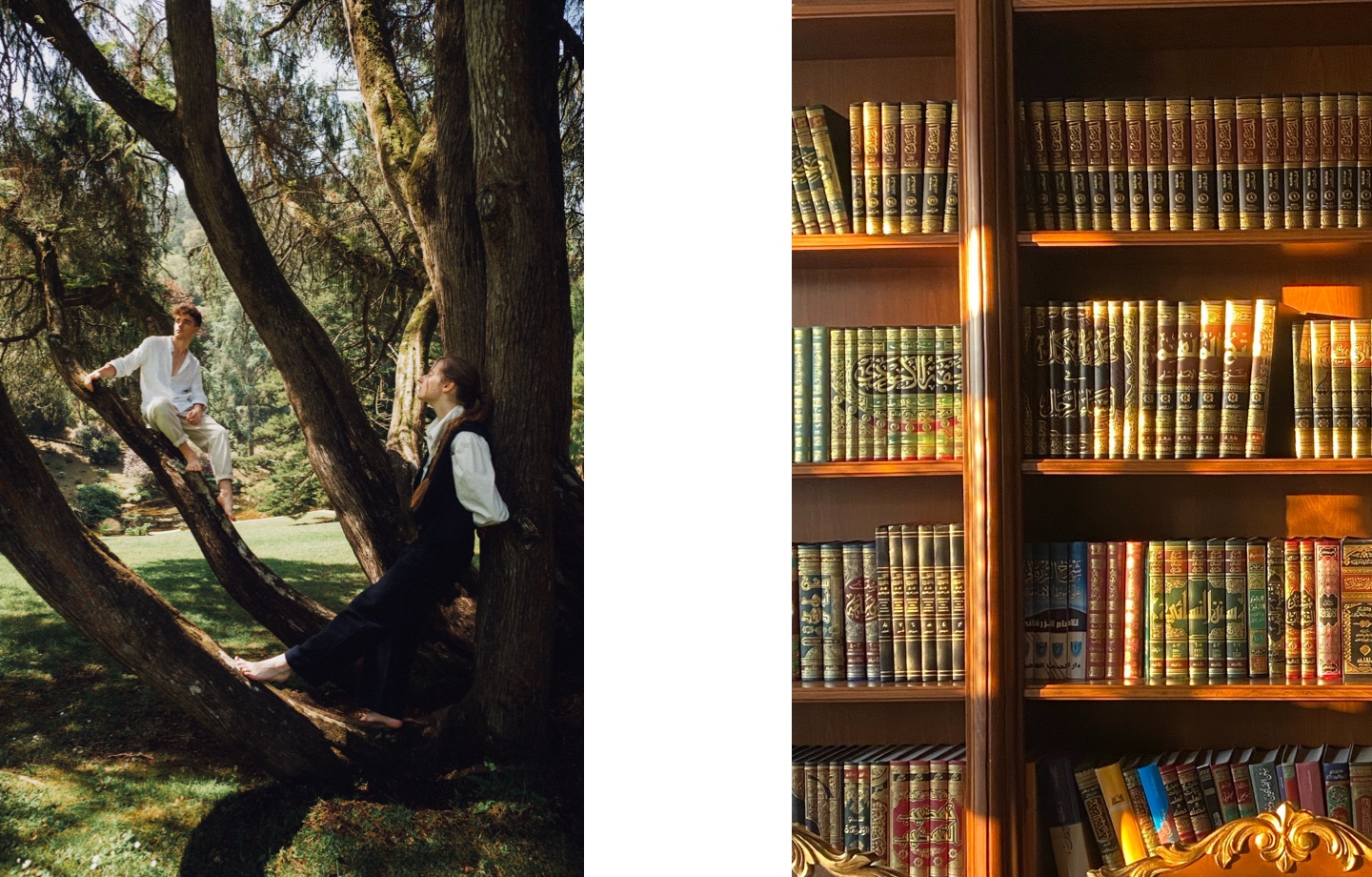
A lifetime collection of books can tell you what a person wondered about (the history of the Armenian people, the political powers that created World War II), what he was learning (fly-fishing, ancient history, Italian), what his spiritual bent was (a little Greek philosophy, a lot of Khalil Gibran). A catalog of prints can tell you what struck a woman when she looked out the window at her cabin in the Cascades or took a long, winter walk in Montana.
The clothes we wear tell stories, too: of how we perceive ourselves, of our penchant for practicality or theatrics. All these objects help me sketch the outlines of a person I can relate to: someone who might tie her silk scarves together to make a dangerously tiny top, or overstuff the pockets of his winter coat, or buy her jeans a size too big to make sure she could kneel in the garden comfortably.
I live far from my family these days. They’re mostly in Washington, and I’m mostly in New Mexico. But I see little bits of my dad’s childhood home strewn throughout my house and see my mom on her skis when I walk out the door.
If you know what you’re looking for, you can see that my home — and especially my closet — has become a private collection, a miniature gallery hosting an interactive historical exhibit of my family. The pieces are meant to be borrowed, cuffed, stained, and laundered, worn to best friends’ weddings, desert camping trips, and especially on my journeys home.
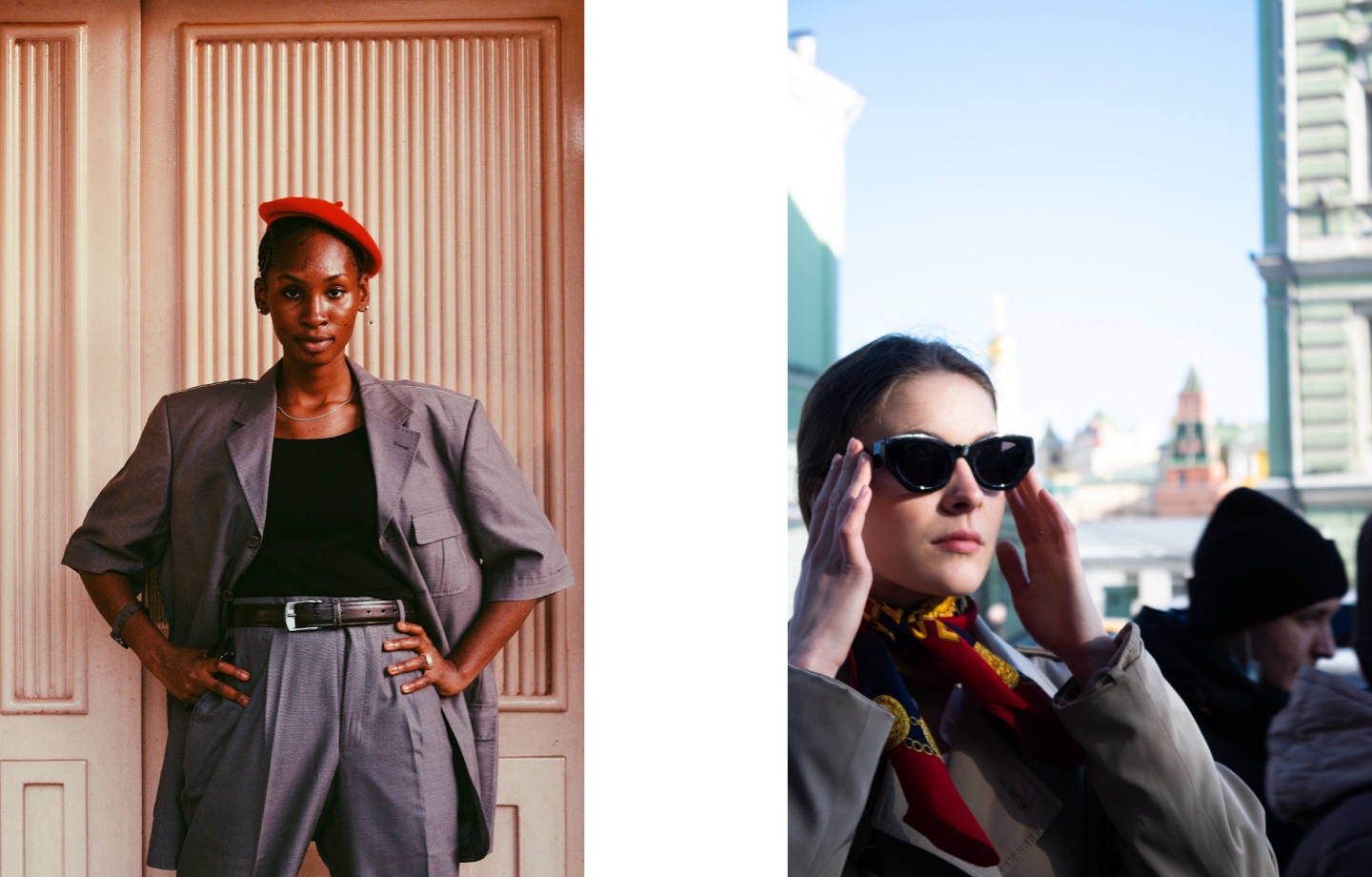
Read more: How Sustainable Are Clothing Rental Services?
Have feedback on our story? Email [email protected] to let us know what you think!
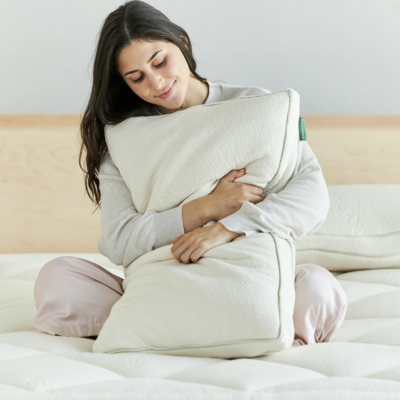
Shop Pillows
The Essential Organic Pillow Collection
Gentle, breathable, non-toxic support.

